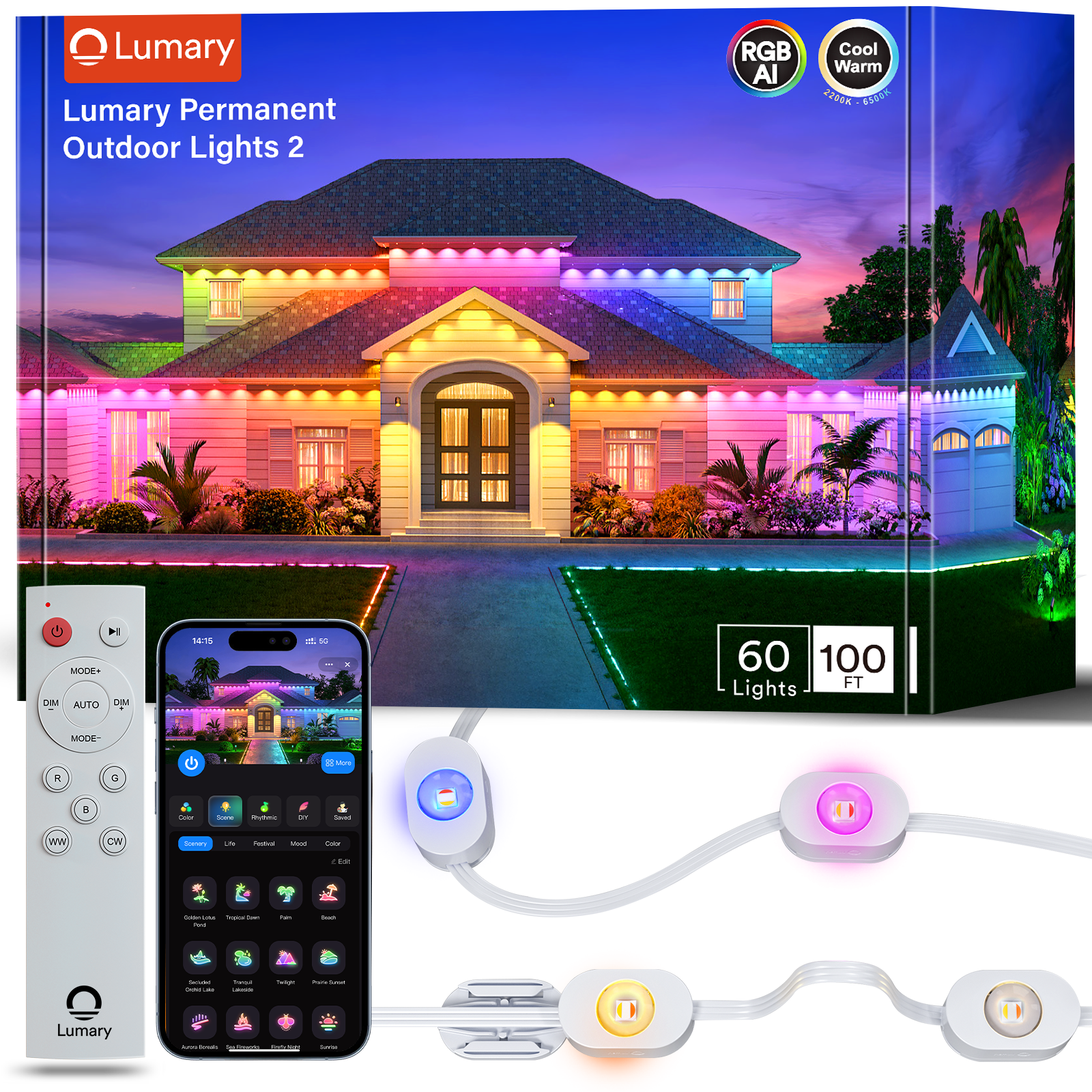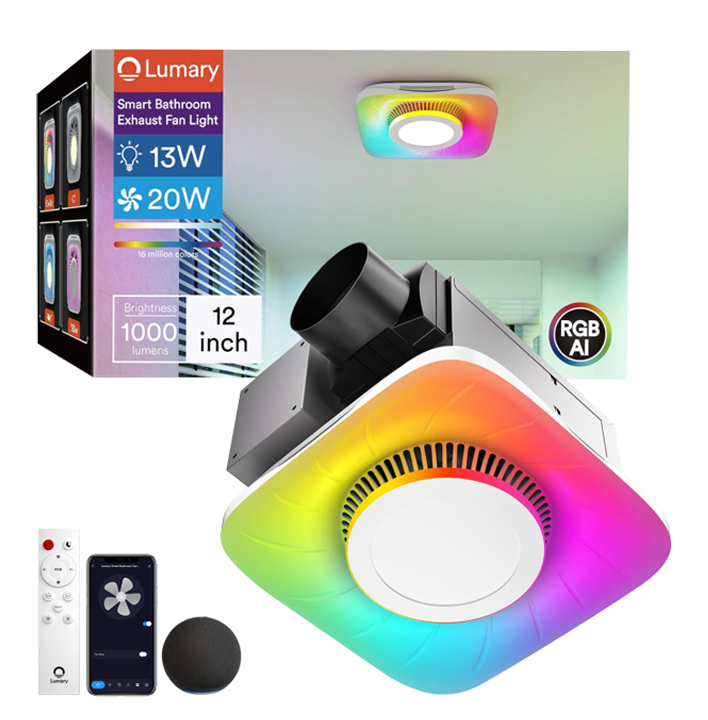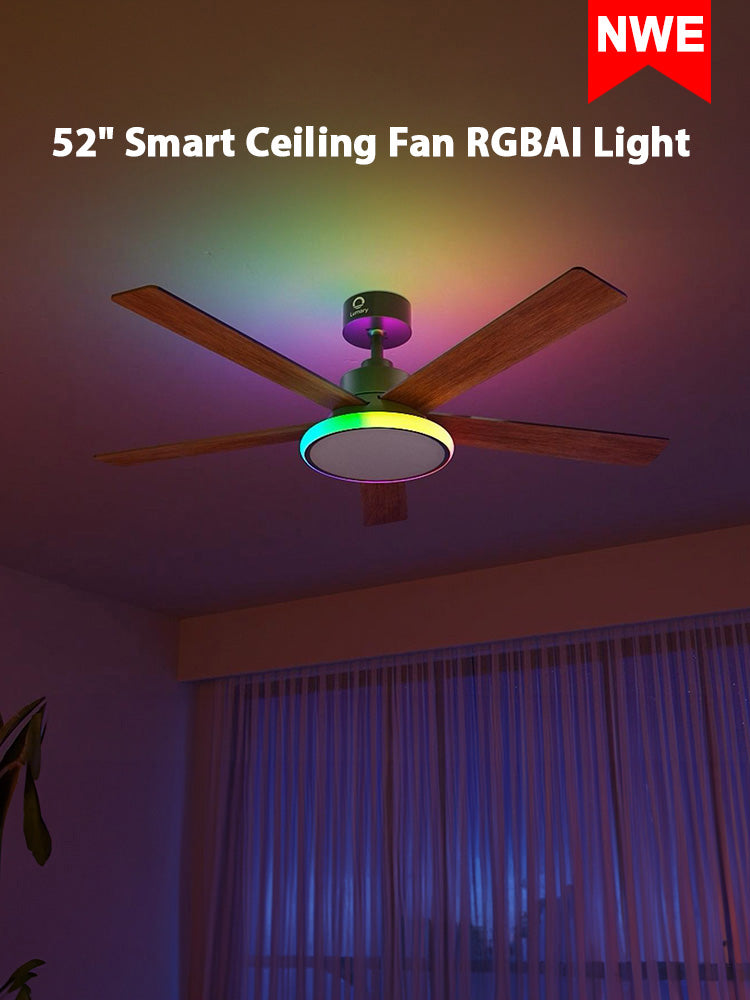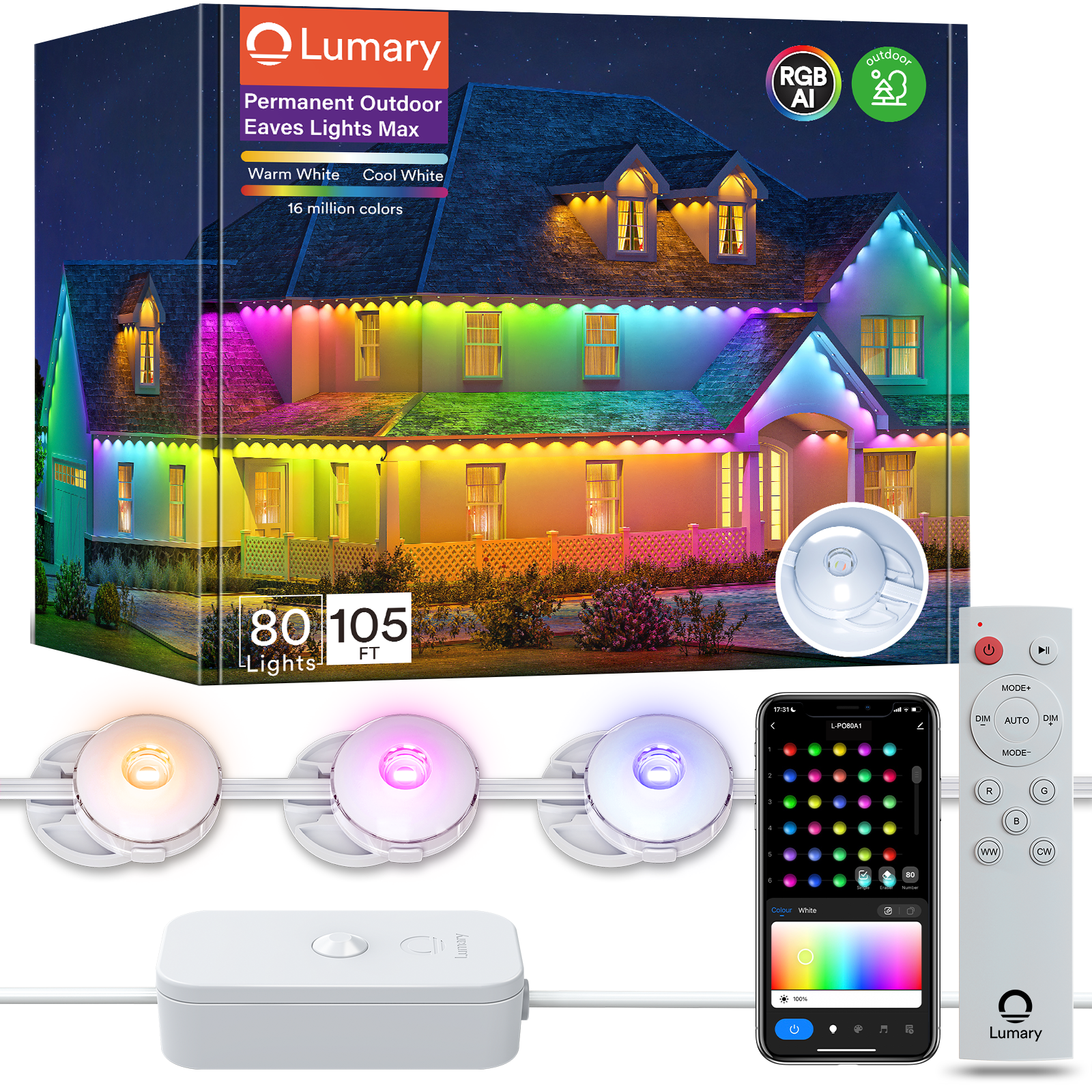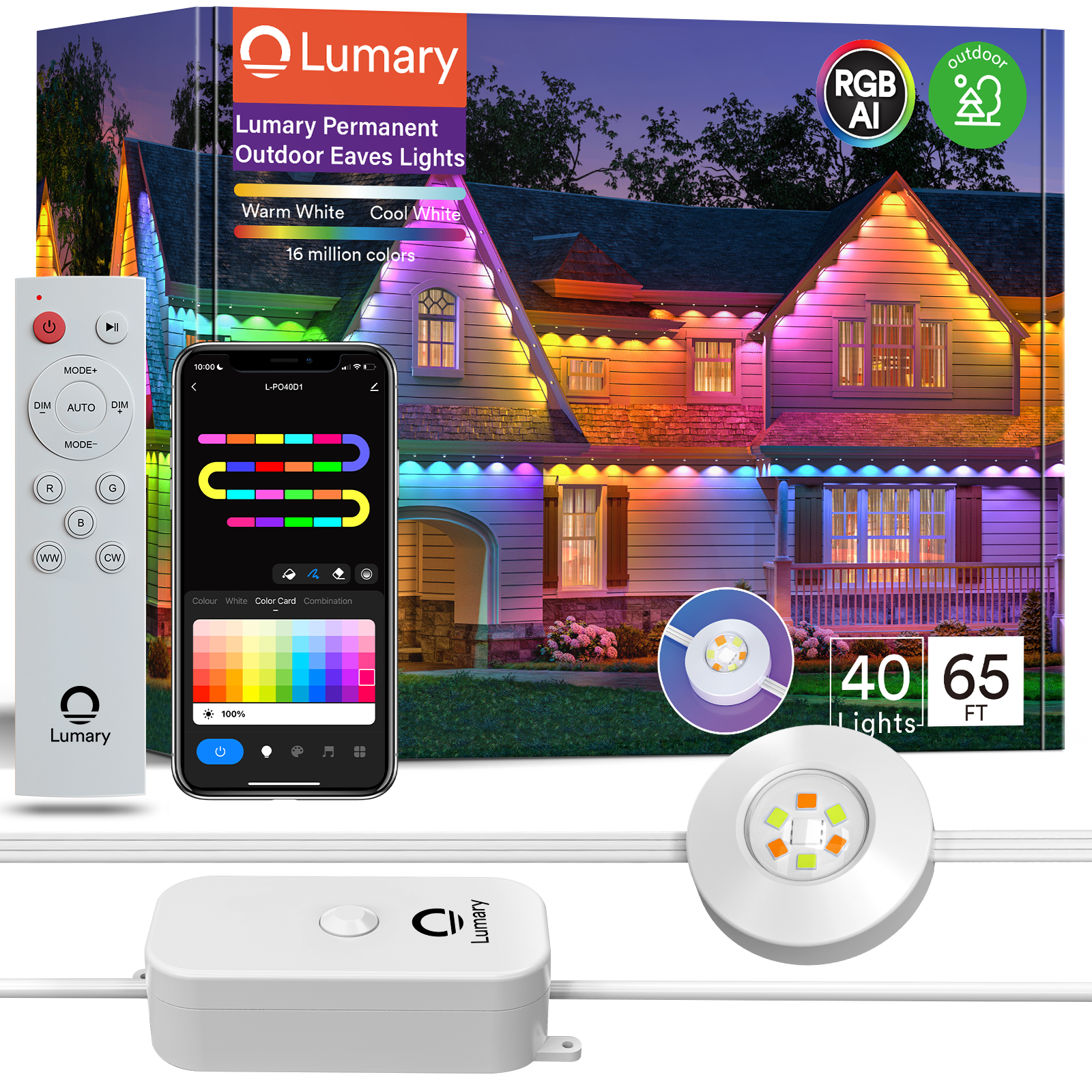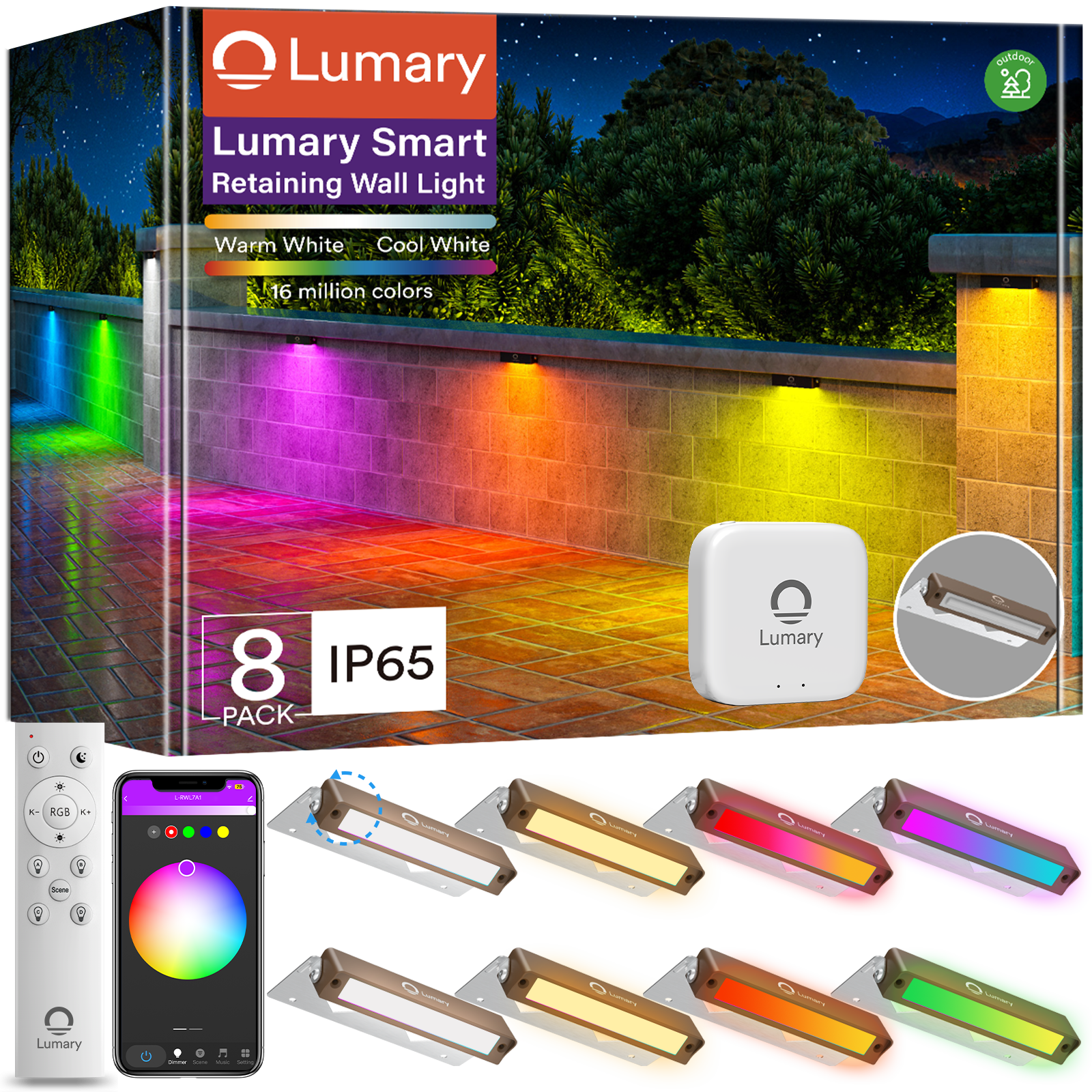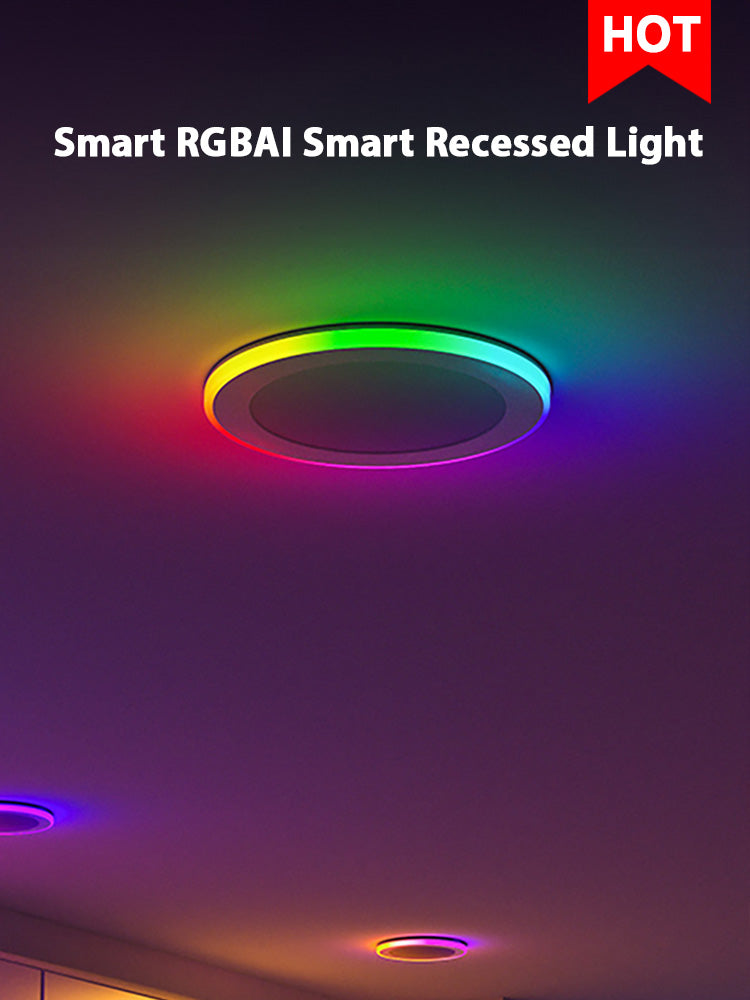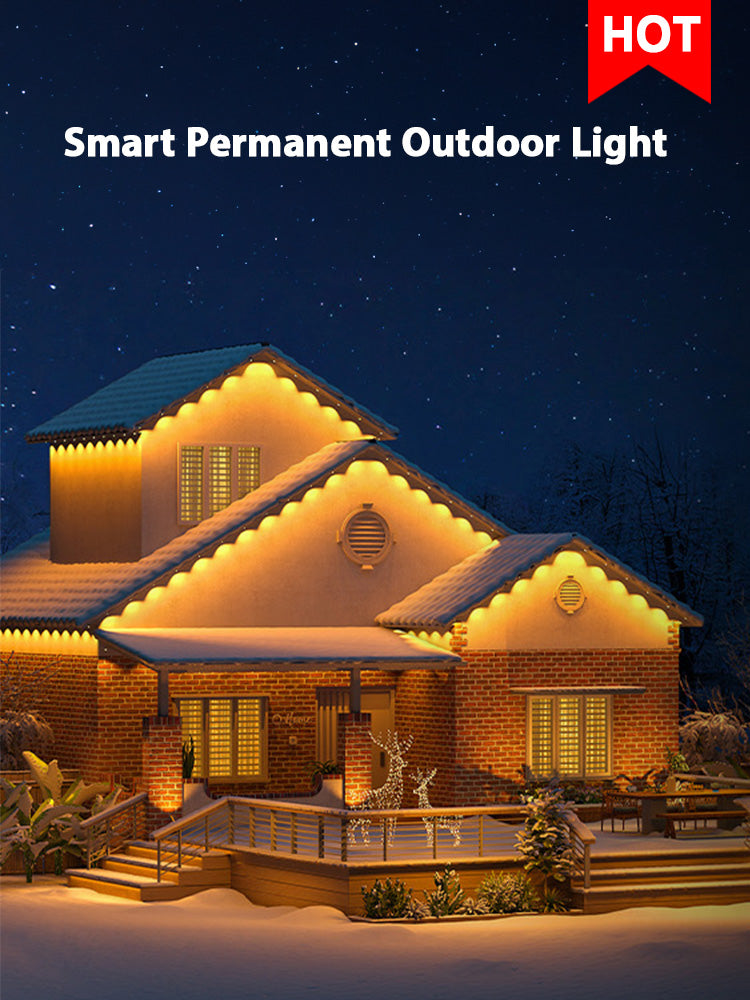RGB lighting has become a popular choice in modern homes and businesses. The technology uses red, green, and blue LEDs to create a wide spectrum of colors. Understanding RGB lighting helps you make informed decisions about energy-efficient and customizable lighting solutions. The global LED market is projected to grow significantly, reaching almost $100 billion by 2030. This growth highlights the increasing demand for energy-saving solutions. By learning about RGB lighting, you can enhance your space with vibrant colors while contributing to sustainability efforts.
What is RGB Lighting?

Definition and Components
RGB lighting uses three primary colors of light: red, green, and blue. These colors combine to create a wide spectrum of hues. Each RGB LED contains three individual LEDs. The LEDs represent the red, green, and blue components. Adjusting the brightness of each component allows you to produce almost any color. This technology forms the basis for many modern lighting solutions.
Red, Green, and Blue LEDs
Red, green, and blue LEDs are the building blocks of RGB lighting. Each LED emits light in one of these primary colors. By varying the intensity of each LED, you can mix colors. For example, combining red and green at full brightness while dimming blue results in yellow light. This method of color mixing is known as additive color mixing. RGB lighting is popular in various applications due to its versatility.
How RGB Lighting Works
RGB lighting operates on the principle of additive color mixing. Different intensities of red, green, and blue light combine to reproduce a broad array of colors. The process involves adjusting the brightness levels of each LED. This adjustment creates different hues and effects. RGB lighting systems often include controllers. Controllers allow users to customize colors and patterns easily.
History and Evolution
RGB lighting has a rich history that dates back to early developments in optoelectronics. The technology has evolved significantly over the years.
Early Developments
The origin of RGB lighting effects can be traced back to the beginning of the 21st century. High-brightness LEDs and advanced control technologies emerged during this time. These innovations paved the way for modern RGB lighting solutions. Initially, RGB lighting found applications in display screens and architectural lighting. The ability to create a vast array of colors and effects made it popular.
Modern Innovations
Modern innovations have expanded the use of RGB lighting. Today, RGB lighting is prevalent in gaming headsets, keyboards, and laptops. The gaming industry has embraced RGB lighting for its dynamic effects. RGB lighting also enhances the atmosphere in homes and businesses. The technology is energy-efficient and cost-effective. RGB lighting continues to evolve with advancements in smart home integration and device synchronization.
How Does RGB Lighting Function?

Basic Operations
Color Mixing
RGB lighting uses an additive color model to produce a wide range of colors. Red, green, and blue light combine in various intensities to create different hues. Each LED in an RGB setup can adjust its brightness from 0 to 255. This adjustment allows the creation of over 16 million color possibilities. For example, equal intensity of all three colors results in white light. Different combinations can produce vibrant purples, calming greens, or any other color you desire.
Dimming and Brightness Control
RGB lighting offers precise control over brightness levels. Users can dim the lights to create a soft ambiance or increase brightness for clear illumination. This flexibility enhances both functionality and aesthetics. Adjusting the brightness affects the mood and atmosphere of a space. You can easily customize lighting to suit any occasion or preference. This feature makes RGB lighting an ideal choice for homes and businesses.
Advanced Features
Synchronization with Devices
Modern RGB lighting systems can synchronize with various devices. This synchronization creates dynamic lighting effects that enhance user experiences. For instance, RGB lights can sync with music to pulse with the rhythm. This feature adds excitement to parties and gatherings. Gamers often use RGB lighting to match game visuals, creating an immersive environment. Device synchronization elevates the functionality of RGB lighting beyond simple illumination.
Smart Home Integration
RGB lighting integrates seamlessly with smart home systems. Users can control lights through voice commands or mobile apps. This integration offers convenience and customization at your fingertips. Smart home technology allows you to set schedules, adjust colors, and change brightness remotely. The Lumary Smart RGB Gimbal Light Ultra 4 Inch exemplifies this integration. It provides versatile lighting solutions with easy installation and control. Smart home integration enhances the adaptability and appeal of RGB lighting in modern living spaces.
Applications of RGB Lighting
Home and Interior Design
RGB lighting transforms home interiors with vibrant colors and dynamic effects. Homeowners use RGB lighting to create unique atmospheres in living spaces. The flexibility of RGB lighting allows for endless customization options.
Ambient Lighting
Ambient lighting sets the overall mood of a room. RGB lighting provides soft, diffused light that enhances relaxation. Users can adjust colors and brightness to match different times of day. A warm glow creates a cozy evening ambiance. Bright colors energize a space during the day. RGB lighting offers versatility for any setting.
Accent and Task Lighting
Accent lighting highlights specific areas or objects. RGB lighting draws attention to artwork, architectural features, or furniture. Task lighting focuses on workspaces like desks or kitchen counters. RGB lighting provides clear illumination for tasks while adding a splash of color. The ability to change colors enhances both functionality and aesthetics.
Commercial and Industrial Uses
Businesses benefit from RGB lighting in various applications. Retailers, event planners, and industrial facilities use RGB lighting to enhance environments. The adaptability of RGB lighting meets diverse commercial needs.
Retail and Display Lighting
Retail stores use RGB lighting to attract customers and showcase products. Dynamic lighting effects create an inviting atmosphere. RGB lighting highlights merchandise with vibrant colors. The ability to change hues and intensities draws attention to sales or promotions. Retailers use RGB lighting to enhance the shopping experience.
Event and Stage Lighting
Event planners rely on RGB lighting to create memorable experiences. Concerts, theater productions, and corporate events use RGB lighting for dramatic effects. The wide spectrum of colors adds excitement and energy to performances. RGB lighting synchronizes with music or presentations for dynamic displays. The versatility of RGB lighting elevates any event to a new level.
Benefits of RGB Lighting
RGB lighting provides numerous benefits that enhance both energy efficiency and aesthetic appeal. Understanding these advantages allows you to make informed decisions about incorporating RGB lighting into your spaces.
Energy Efficiency
RGB lighting stands out for its remarkable energy efficiency. The technology behind RGB lighting primarily relies on LED technology, which significantly reduces energy consumption.
LED Technology
LEDs in RGB lighting convert up to 95% of the energy supply into light. This efficiency far surpasses traditional lighting methods like fluorescents, which typically convert only 5%-10%. The high efficiency of LEDs means that RGB lighting requires much less power to produce the same levels of illumination. This reduction in energy use not only lowers electricity bills but also contributes to environmental sustainability.
Cost Savings
The energy efficiency of RGB lighting translates directly into cost savings. By using less power, RGB lighting reduces monthly utility expenses. Over time, these savings can be substantial, making RGB lighting a cost-effective choice for both residential and commercial applications. The long lifespan of LEDs further enhances cost savings by reducing the frequency of replacements and maintenance.
Aesthetic and Functional Advantages
Beyond energy efficiency, RGB lighting offers a range of aesthetic and functional benefits. These advantages allow you to customize and enhance your environment in unique ways.
Customization Options
RGB lighting provides extensive customization options. Users can adjust colors, brightness, and patterns to suit any mood or occasion. The ability to create over 16 million color possibilities ensures that RGB lighting can match any design preference. Whether you want a vibrant party atmosphere or a calming retreat, RGB lighting offers the flexibility to achieve your desired ambiance.
Mood and Atmosphere Enhancement
RGB lighting plays a crucial role in setting the mood and enhancing the atmosphere of a space. By adjusting the intensity and color of the lights, you can create an environment that promotes relaxation, focus, or excitement. The dynamic nature of RGB lighting makes it ideal for various settings, from intimate home gatherings to lively commercial events. The ability to synchronize RGB lighting with music or other devices further enhances its impact on mood and atmosphere.
RGB lighting offers a unique way to create dynamic atmospheres. The flexibility of RGB lighting allows for stunning visuals in various settings. The adaptability of RGB lighting makes it ideal for special effects in media. The increasing popularity of RGB lighting in gaming highlights its versatility. The customization options of RGB lighting ensure a promising future in interactive systems. RGB LED technology revolutionizes the lighting industry with energy efficiency. The vast spectrum of colors available in RGB lighting enhances visual experiences. The evolution of RGB lighting into ARGB offers more integration into daily life.

